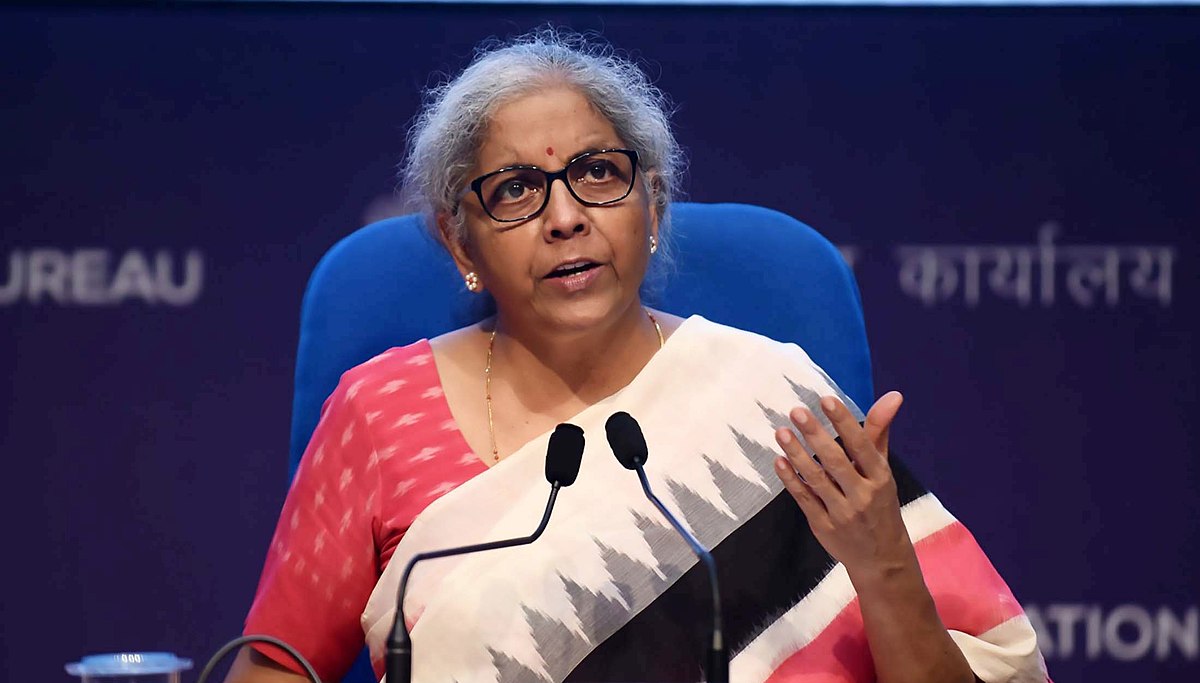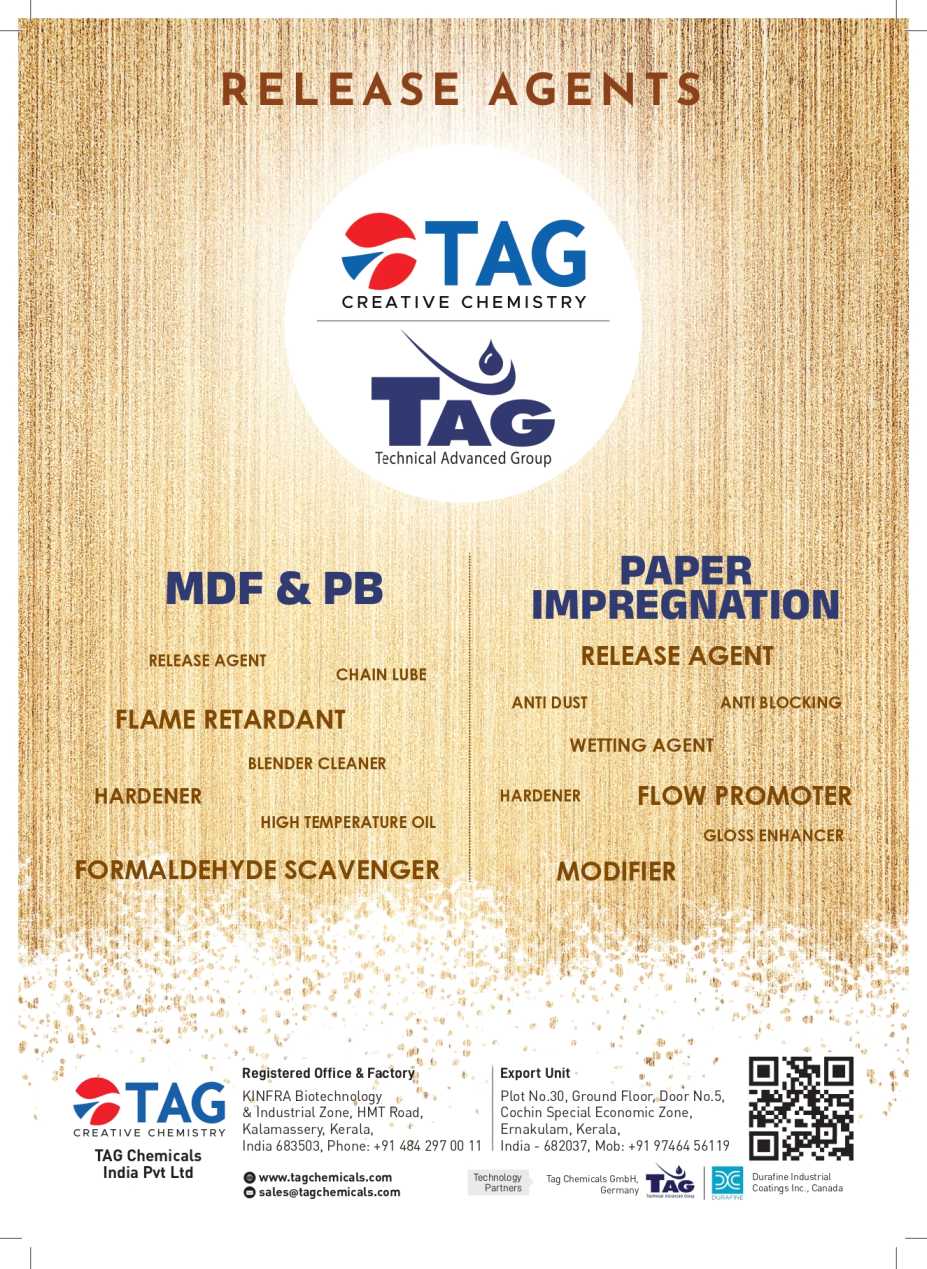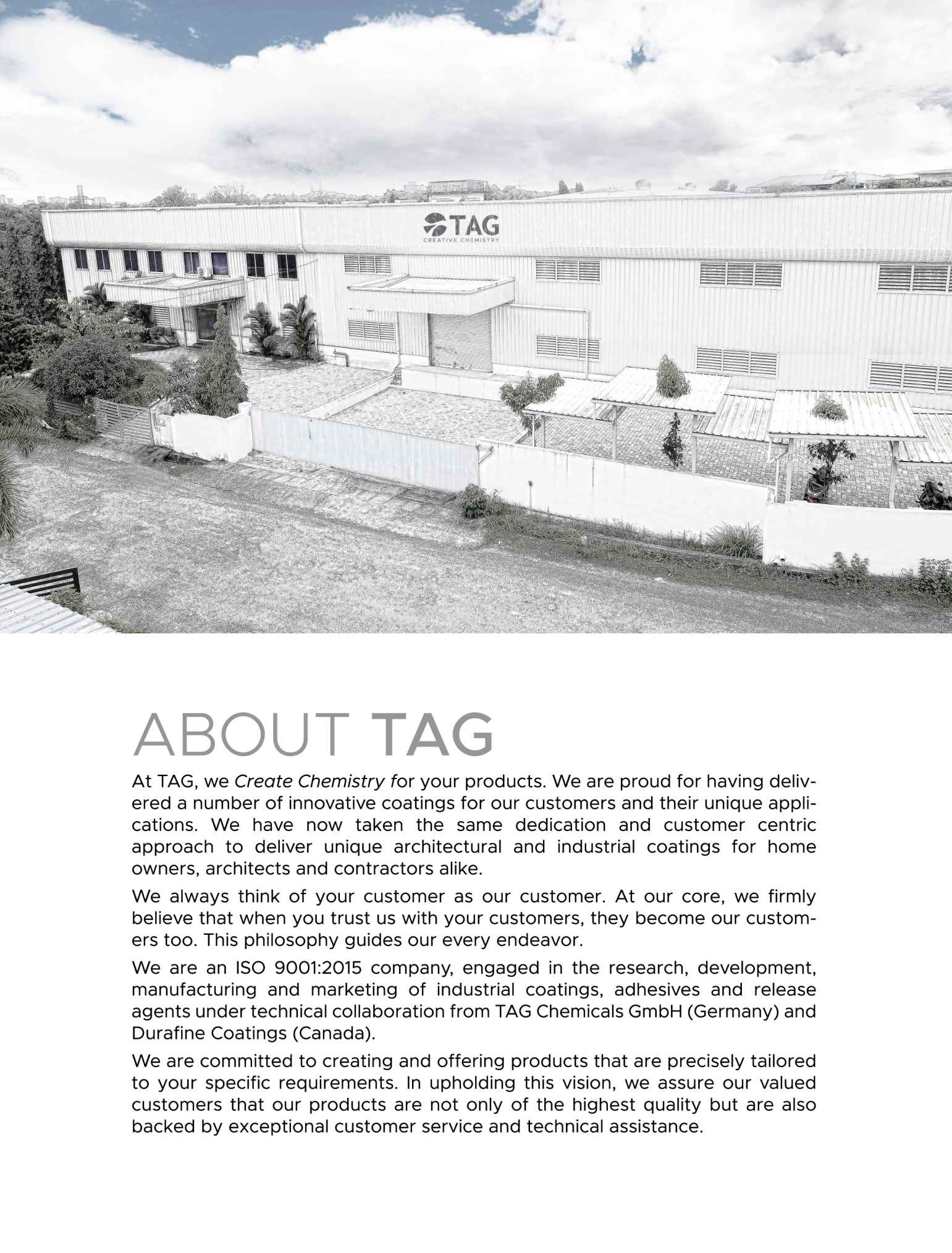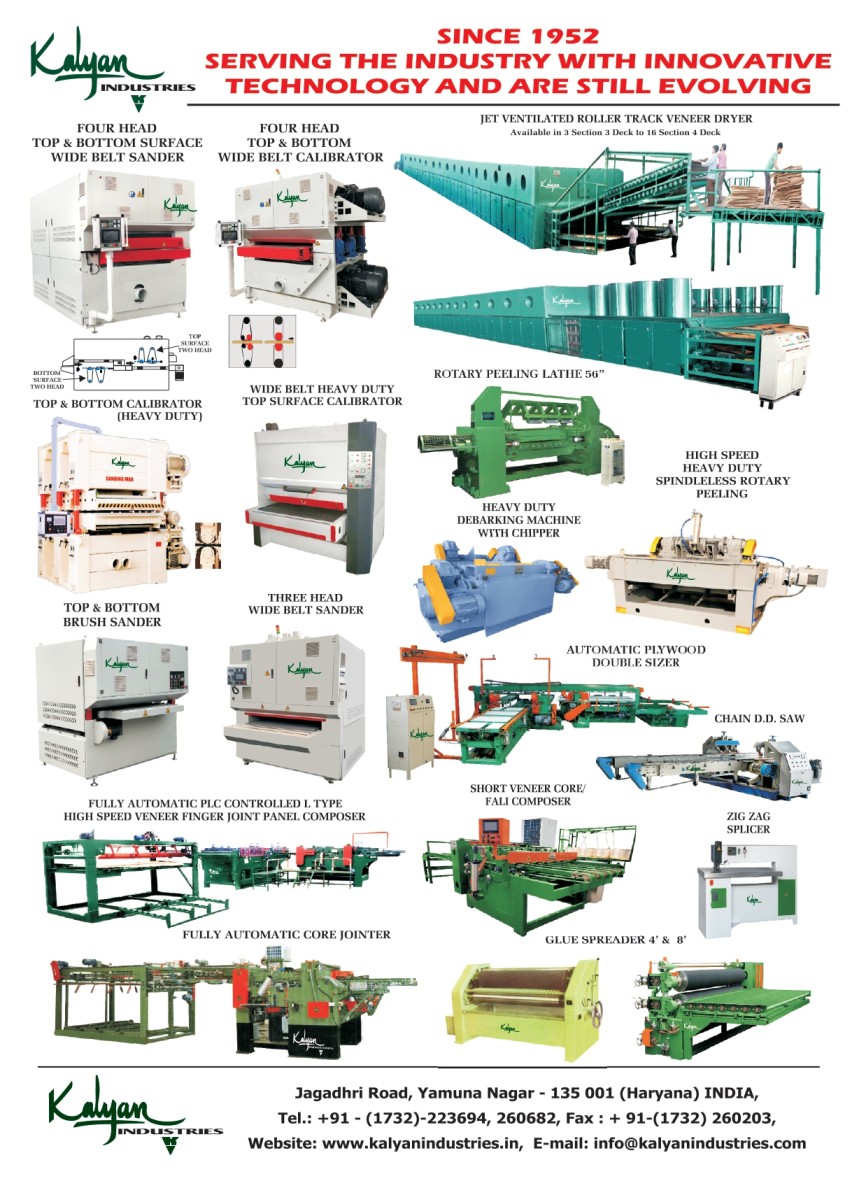
Severe shortage of skilled, unskilled workers threatens India’s industrial engine
- October 9, 2024
- 0
For an ambitious India Inc aiming to leap forward, an acute shortage of workers – both skilled and unskilled – is threatening to hold it back.
The talent shortage or skills gap has been a persistent issue in the industry. The shortage of skilled labour appears to have hit India’s firms the hardest. Industry executives attribute the shortage to a mix of India’s growing order book and increasing demand, while other factors also impact the supply end.
According to an Industrialist, Not all labour is skilled, and those we skill, we tend to lose to markets like West Asia due to better pay. Preference for an air-conditioned work environment is another factor impacting labour supply.
Mind the gap
The shortage in the skilled workforce is a concern.
A big part of the shortage, many in the industry point out, can be ascribed to the skill gap. The problem is widespread, affecting various sectors and levels of hires – from engineers to daily-wage workers.
There is a 10-20 per cent workface shortage in the manufacturing sector, impacting roles like machine operators, welders, fitters, drivers, technicians, carpenters and plumbers, among others.
Organisations have been struggling to find suitable talent due to various reasons, including the availability of skilled workers and reasonability factors like festivities, sowing, and harvesting. Alternative employment opportunities in e-commerce, transport, construction, and event management also put pressure on the supply side.
Wages
The impact of the shortage is evident in various ways. Wages have increased due to the shortage of workers.
The industry sees an indirect impact, where labour shortages among people in general lead to a slowdown in construction activity, affecting demand. This was evident in many recent quarter, where they faced a labour shortage due to elections, severe heat, and other factors.”
Managing shortage
Companies are dealing with the shortage in various ways. Normally, contractors manage the manpower. But now that there is a crunch, they are supplementing efforts by sending their teams to attract people from different catchment areas and locations where they are available for the projects. Skilling and upskilling are other strategies to manage the shortage.
A lot of reskilling and upskilling is being done. Companies are tying up with institutes and training centres – the focus is on reskilling.
Retaining workforce
Sourcing is a challenge, but retaining the workforce is equally challenging. Companies are now providing various facilities for workers, including better accommodation, transportations facilities, and recreational activities to attract and retain people.
👇 Please Note 👇
Thank you for reading our article!
If you don’t received industries updates, News & our daily articles
please Whatsapp your Wapp No. or V Card on 8278298592, your number will be added in our broadcasting list.



































































